Forests are a substantial terrestrial carbon sink, but anthropogenic changes in land use and climate have considerably reduced the scale of this system.Although forests cannot be a substitute for emissions reductions, our results support the idea that the conservation, restoration and sustainable management of diverse forests offer valuable contributions to meeting global climate and biodiversity targets.
Microorganisms, including bacteria, archaea, viruses, fungi, and protists, are essential to life on Earth and the functioning of the biosphere. Here, we discuss the key roles of microorganisms in achieving the United Nations Sustainable Development Goals (SDGs), highlighting recent and emerging advances in microbial research and technology that can facilitate our transition toward a sustainable future.
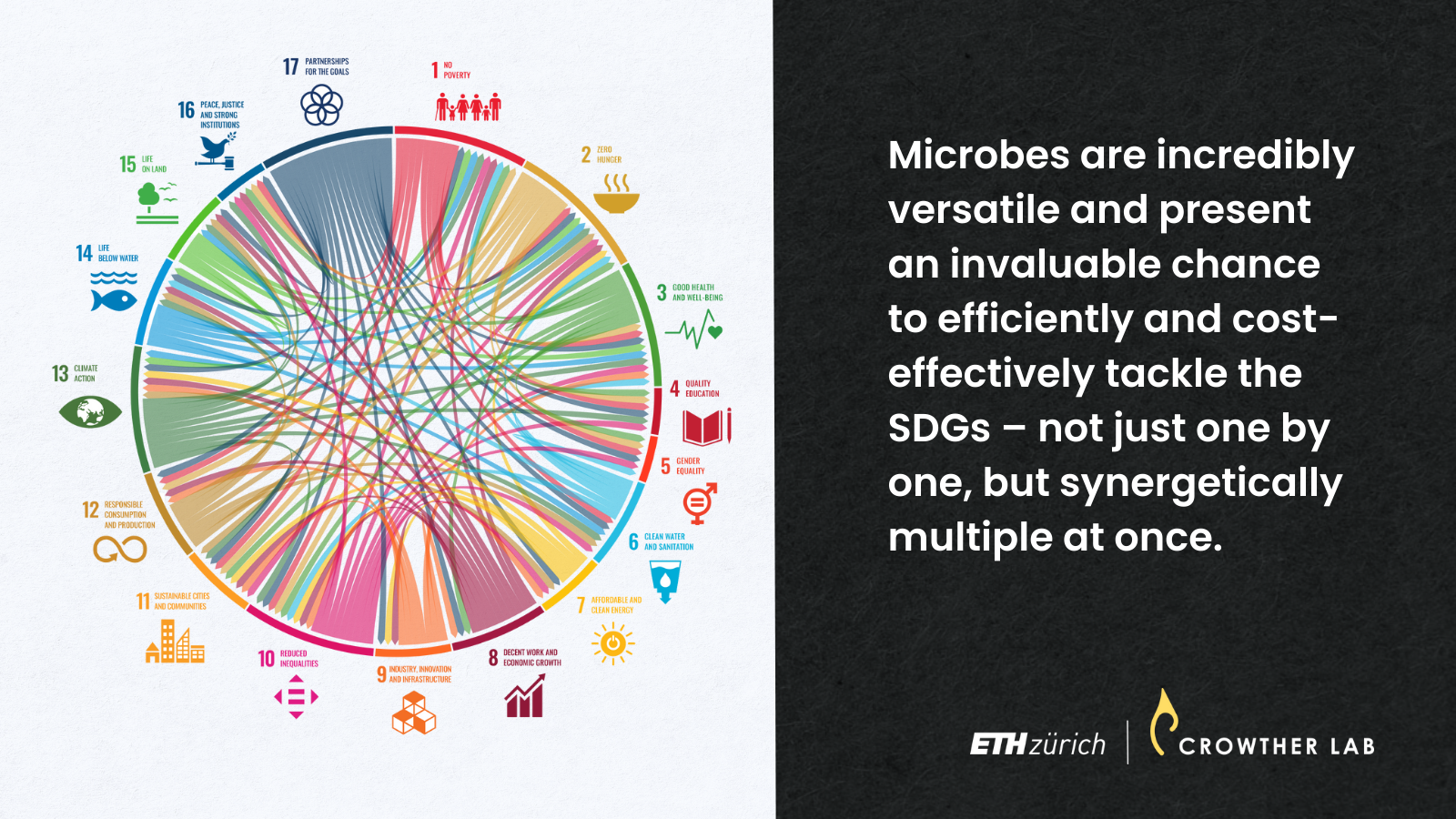
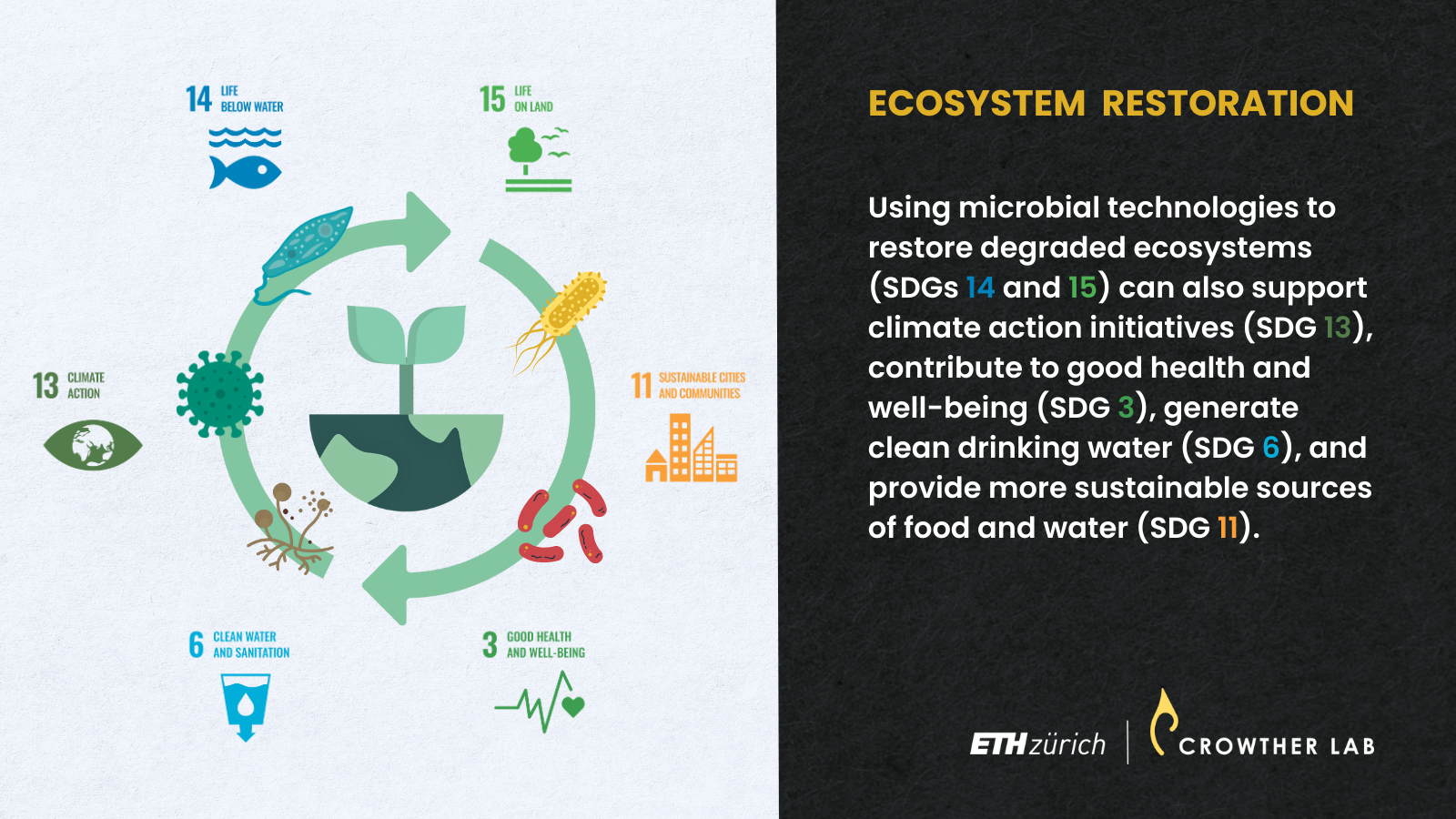
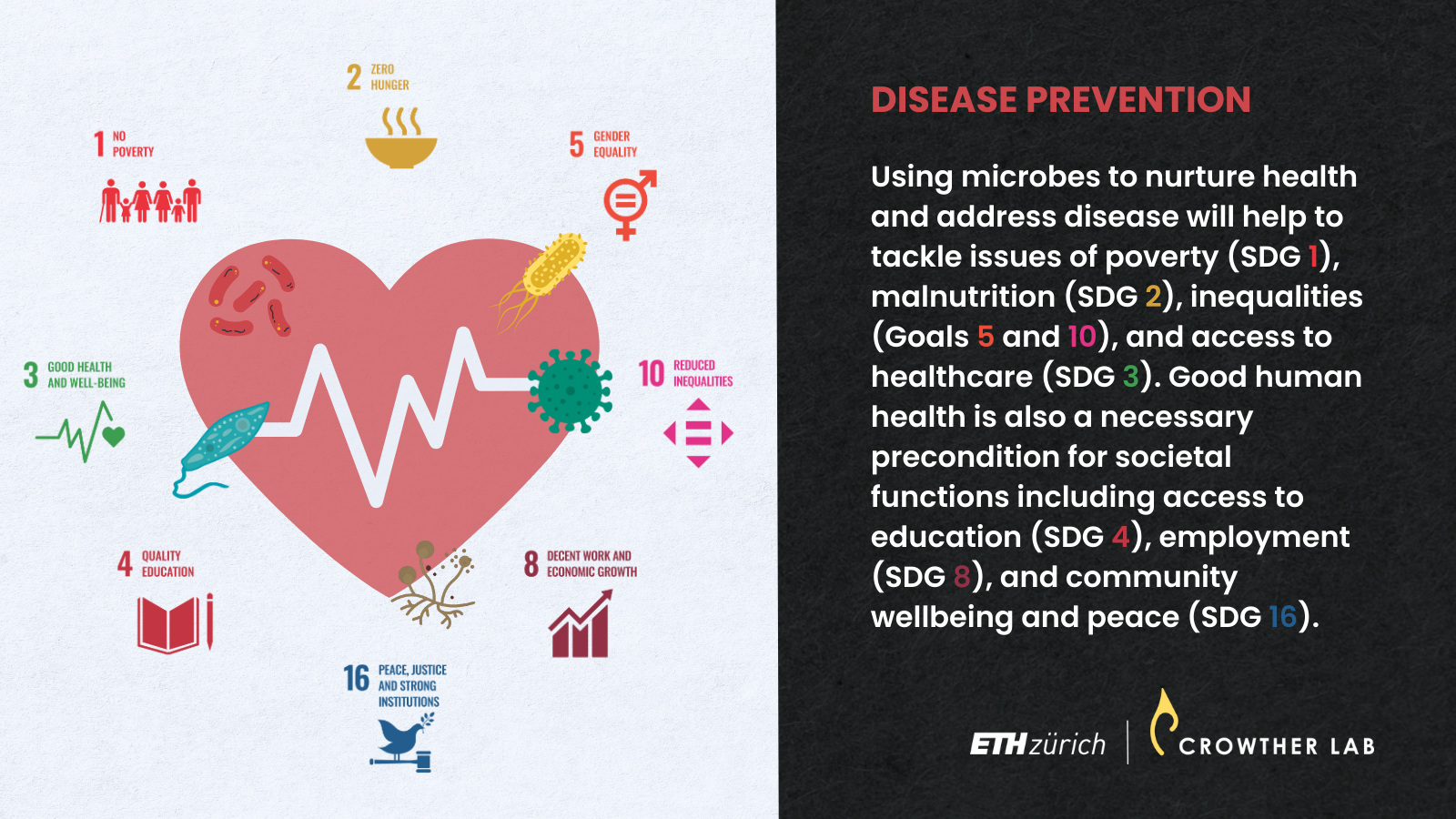

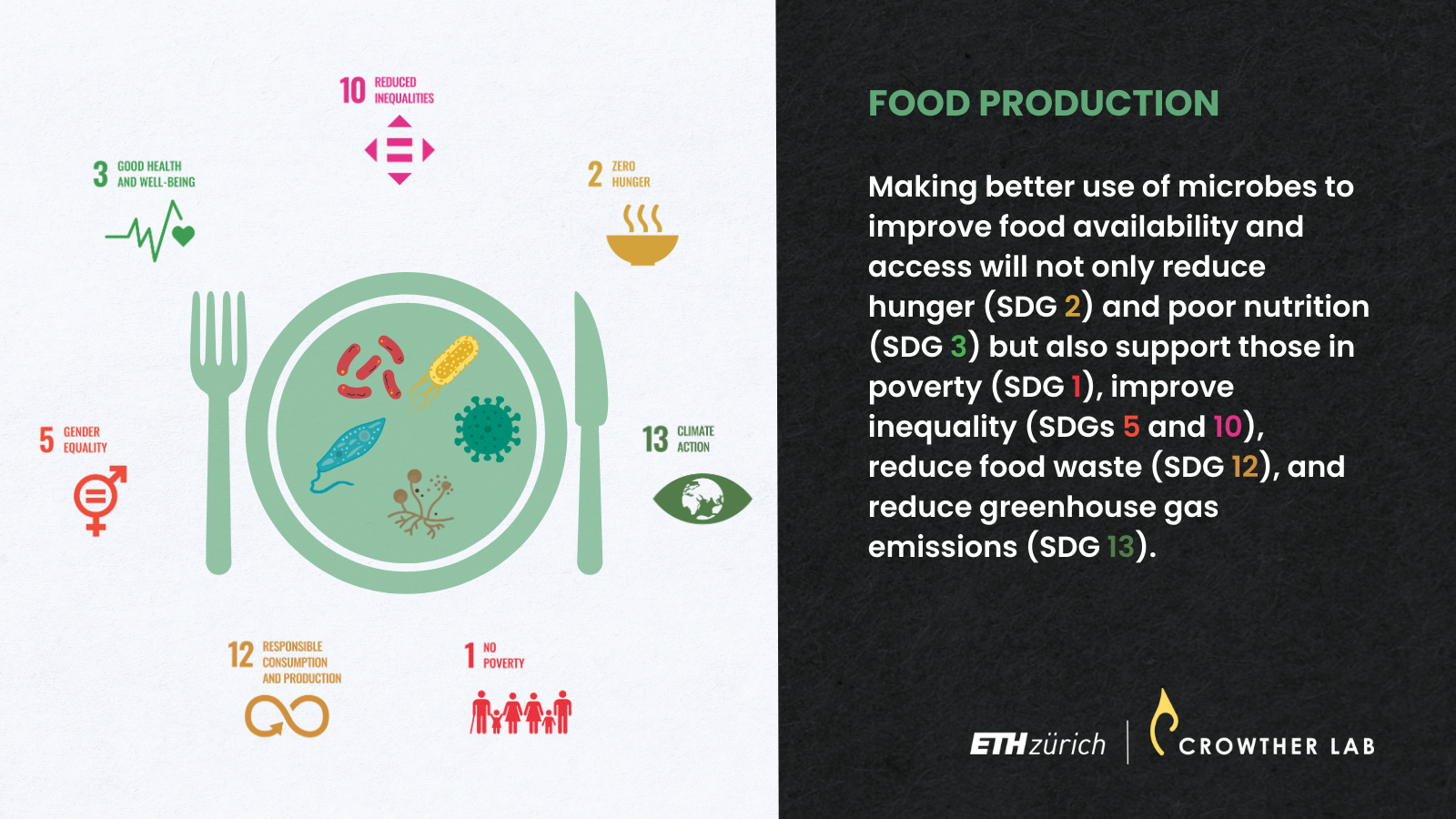
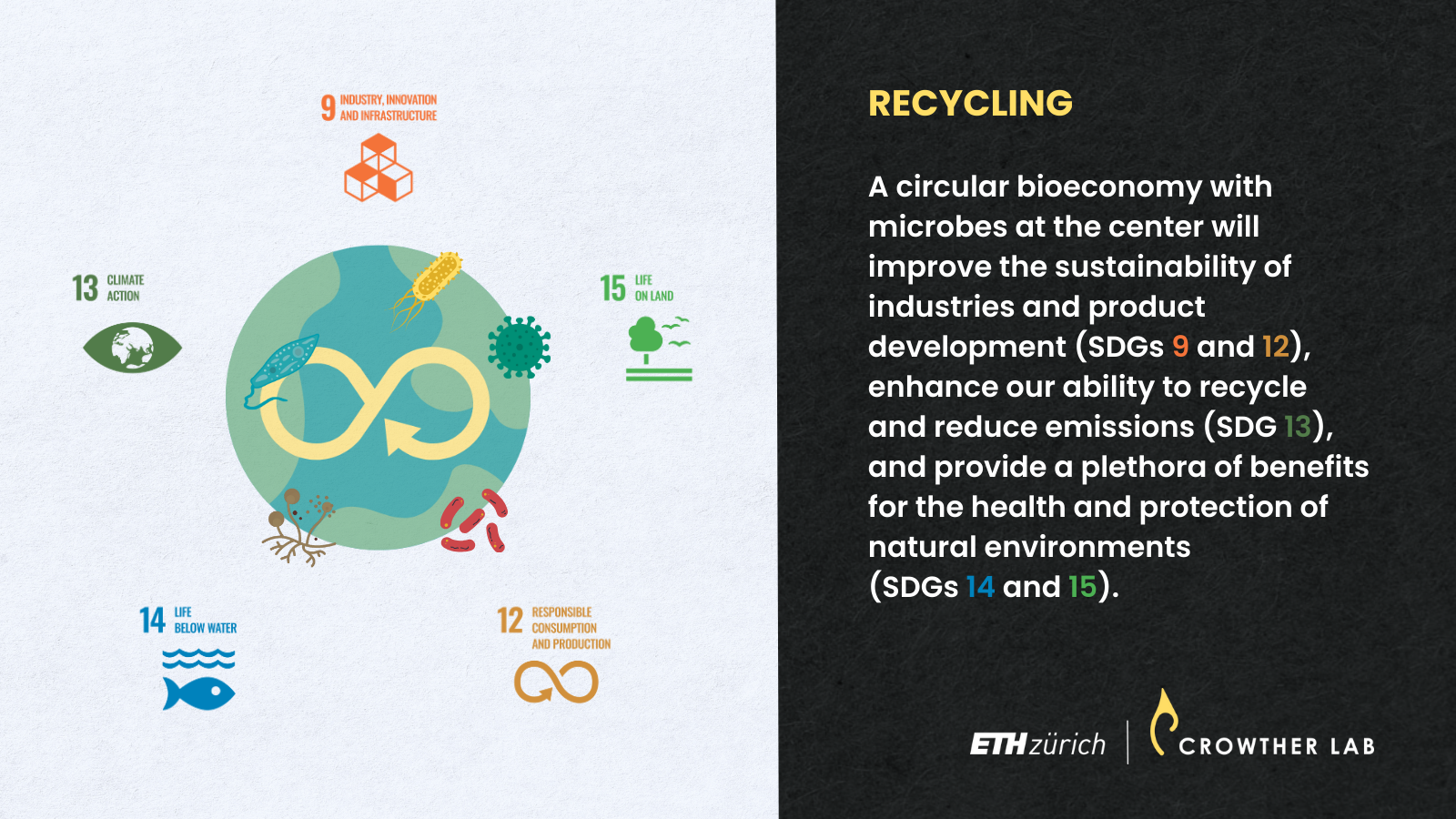
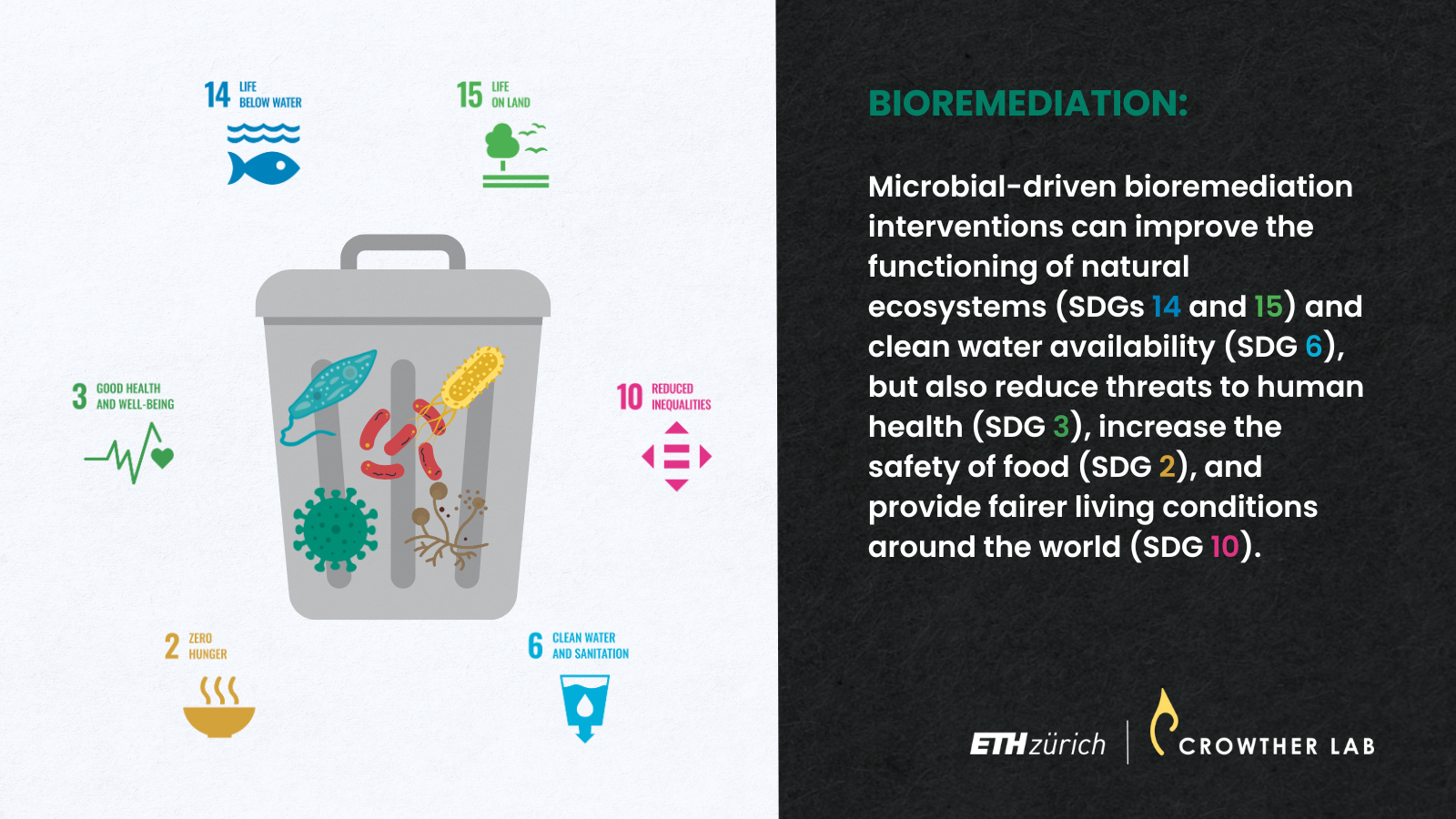
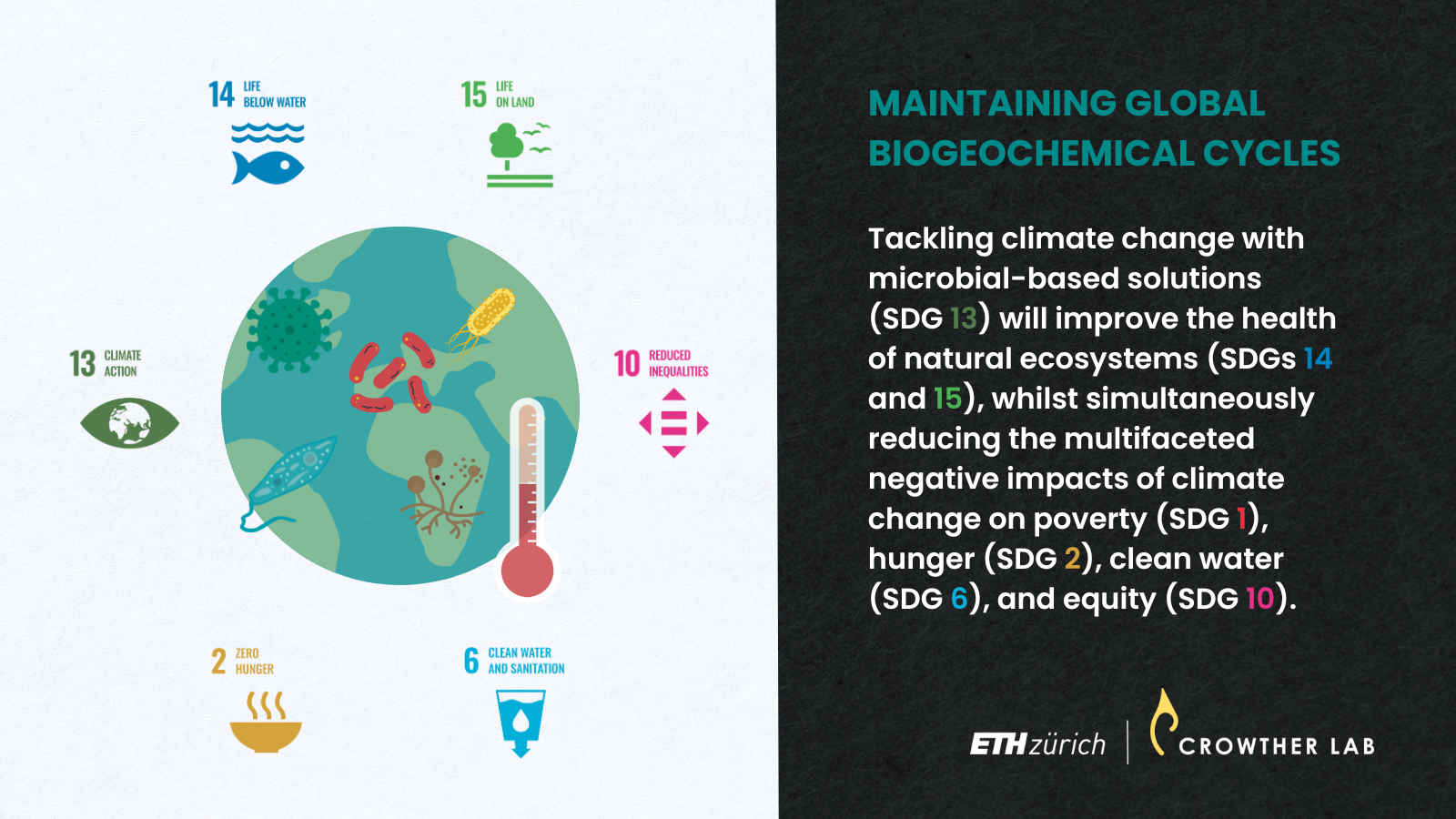
The Pace of Life for Forest Trees
"Tree growth and longevity trade-offs fundamentally shape the terrestrial carbon balance. Yet, we lack a unified understanding of how such trade-offs vary across the world’s forests. By mapping life history traits for a wide range of species across the Americas, we reveal considerable variation in life expectancies from 10 centimeters in diameter (ranging from 1.3 to 3195 years) and show that the pace of life for trees can be accurately classified into four demographic functional types. We found emergent patterns in the strength of trade-offs between growth and longevity across a temperature gradient. Furthermore, we show that the diversity of life history traits varies predictably across forest biomes, giving rise to a positive relationship between trait diversity and productivity. Our pan-latitudinal assessment provides new insights into the demographic mechanisms that govern the carbon turnover rate across forest biomes".

